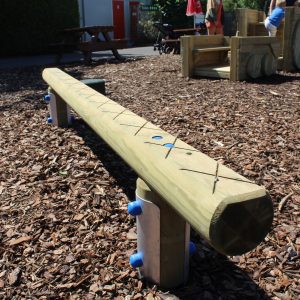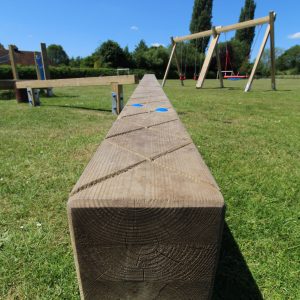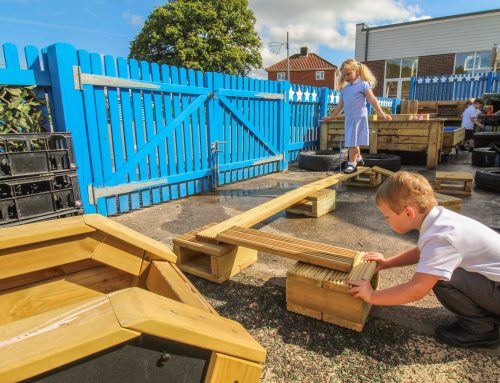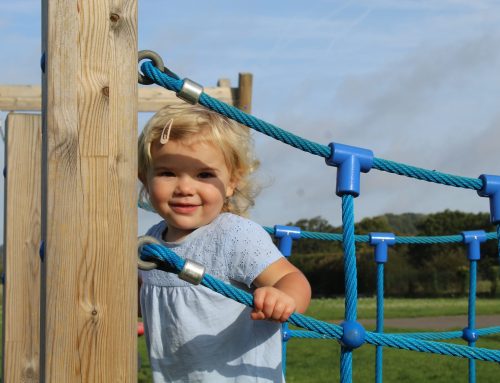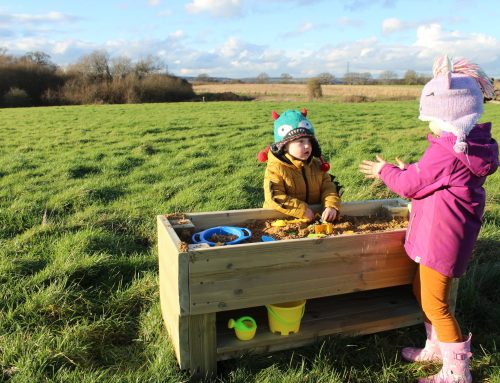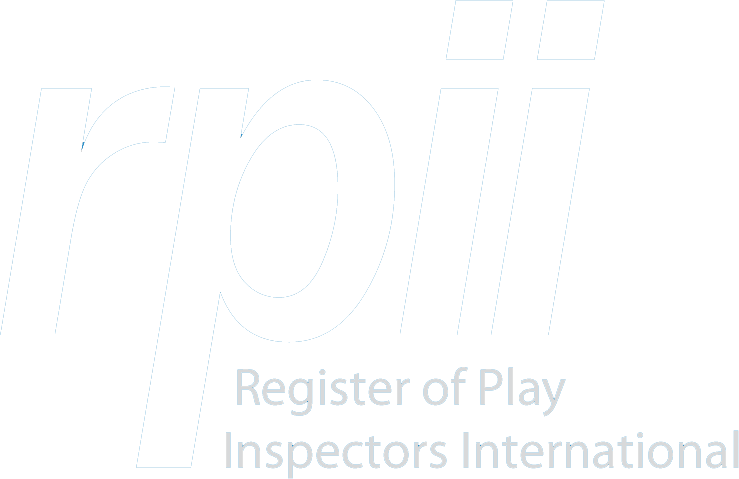Children love to run around at top speed, which often leads to trips and falls – a perfectly normal childhood experience. However, when they are forced to slow down and control their movements, their development gets a chance to speed up and they gain a deeper awareness of their movements, their body and how to control it. This is the effect of developing those balancing skills.
Balance plays a huge part in physical development which is a crucial area of learning, and we should actively encourage children to use their bodies, minds, and voices to learn through play.
We know that physical inactivity in children can lead to health risks such as obesity, high blood pressure, diabetes, and heart disease but it can also lead to poor motor skills which in turn has a detrimental effect on cognitive function and academic performance.

Providing children with free access to obstacles, balance beams, steppingstones and ropes encourages them to develop balance through play. These activities often support other areas of learning such as:
- Pretend Play: “Walk the Plank!”
- Concentration Skills
- Core Stability
- Postural Control
- Gross Motor Skill Development
- Helps understanding of Gravity & Counterbalance.
- Body Awareness
- Problem Solving
- Communication Skills
- Social Skills
There are lots of ways we can encourage children to work on their core without them even knowing. Steppingstones are a prime example; they don’t even have to be far off the ground. The child must step from one to the other without touching the ground and this takes a lot of core strength and really works on the ability to self-stabilise.
